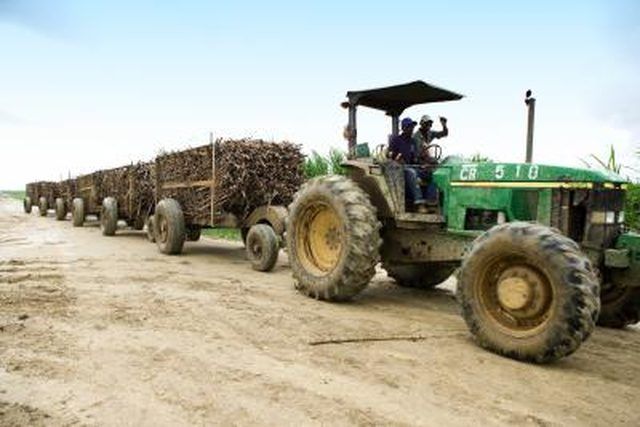Bulbs
Flower Basics
Flower Beds & Specialty Gardens
Flower Garden
Garden Furniture
Garden Gnomes
Garden Seeds
Garden Sheds
Garden Statues
Garden Tools & Supplies
Gardening Basics
Green & Organic
Groundcovers & Vines
Growing Annuals
Growing Basil
Growing Beans
Growing Berries
Growing Blueberries
Growing Cactus
Growing Corn
Growing Cotton
Growing Edibles
Growing Flowers
Growing Garlic
Growing Grapes
Growing Grass
Growing Herbs
Growing Jasmine
Growing Mint
Growing Mushrooms
Orchids
Growing Peanuts
Growing Perennials
Growing Plants
Growing Rosemary
Growing Roses
Growing Strawberries
Growing Sunflowers
Growing Thyme
Growing Tomatoes
Growing Tulips
Growing Vegetables
Herb Basics
Herb Garden
Indoor Growing
Landscaping Basics
Landscaping Patios
Landscaping Plants
Landscaping Shrubs
Landscaping Trees
Landscaping Walks & Pathways
Lawn Basics
Lawn Maintenance
Lawn Mowers
Lawn Ornaments
Lawn Planting
Lawn Tools
Outdoor Growing
Overall Landscape Planning
Pests, Weeds & Problems
Plant Basics
Rock Garden
Rose Garden
Shrubs
Soil
Specialty Gardens
Trees
Vegetable Garden
Yard Maintenance
The Life Cycle of a Sugarcane Plant
The Life Cycle of a Sugarcane Plant. Sugarcane, or Saccharum officinarum, is a tropical grass that is the source of about 75 percent of the world's sugar supply. It has a long life cycle, requiring warm weather and heavy rainfall or irrigation throughout its growing season.

Sugarcane, or Saccharum officinarum, is a tropical grass that is the source of about 75 percent of the world's sugar supply. It has a long life cycle, requiring warm weather and heavy rainfall or irrigation throughout its growing season.
Planting
Sugarcane is usually planted from 12-inch pieces of stems of existing plants, although some growers begin with seeds. The grower digs furrows, inserts the cut stems and then covers them with a small amount of soil. For large-scale growing situations, machinery is available that cuts and plants the stems or canes.
Growth Period
During the nine to 24 months sugarcane takes to grow to maturity, it needs a large quantity of water. Sugarcane needs up to 60 inches of rain or irrigation while it is actively growing, but it later needs no rain or irrigation during its ripening phase. It also needs full sun.
Seed Formation
Eight to 12 months after planting the sugarcane, the plant reaches about 15 feet in height. It then sends up tall flower stalks, which contain many seeds. At this time in its life cycle, the sugarcane plant has a high content of sucrose.
Harvest
Sugarcane fields used to be burned to eliminate leaves and weeds. Now, harvesting machinery travels through the rows, removing unwanted weeds and leaves. Harvest typically occurs between June and December, which is a dry period for many tropical locales.